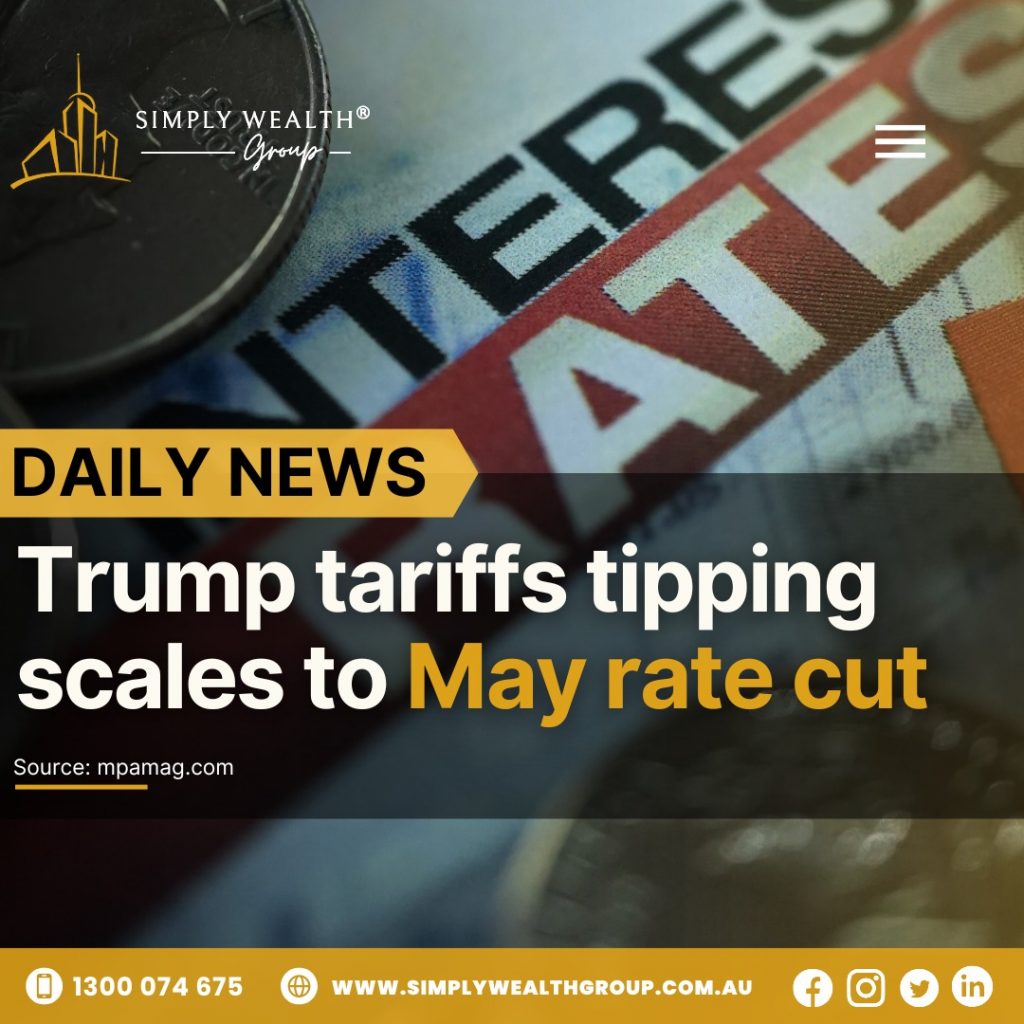Could Trump’s Tariffs Lead to a Rate Cut Down Under? Let’s Talk Global Ripples and Local Relief
In today’s interconnected world, decisions made in one country can have a significant ripple effect across the globe. A striking example of this is unfolding as former U.S. President Donald Trump re-enters the global economic spotlight with a bold tariff proposal. While the move is primarily targeted at addressing trade imbalances in the U.S., its potential consequences are already reaching Australian shores—especially in the realm of interest rates and property finance.
So, how could American trade policy lead to a rate cut by the Reserve Bank of Australia (RBA)? The answer lies in the way global financial markets react to uncertainty—and how central banks respond to keep their economies stable.
What’s Behind the Tariff Talk?
Donald Trump’s tariff proposal is designed to curb imports into the United States, particularly from countries like China. If enacted, these tariffs would increase the cost of imported goods, potentially leading to higher inflation in the U.S. and slower economic growth globally. Historically, aggressive trade policies like these have resulted in supply chain disruptions, reduced investor confidence, and slower international trade—an environment where central banks tend to adopt more accommodative monetary policies.
For Australia, this global uncertainty is especially relevant. As a trade-reliant nation with deep economic ties to both China and the United States, any tension between the two superpowers can create pressure on Australia’s economy, impacting consumer sentiment, export flows, and market stability.
How It Affects Australian Interest Rates
The RBA closely monitors global conditions when making decisions about the official cash rate. If global growth weakens due to rising trade barriers, the RBA may step in to support domestic economic activity through a rate cut. Lowering interest rates would not only cushion households against economic turbulence but also stimulate investment and spending at a time of global slowdown.
With inflation in Australia already easing in early 2025 and signs pointing to a cooling economy, Trump’s trade agenda could be the tipping point that accelerates a rate cut decision as early as May.
What It Means for Borrowers and Homeowners
For mortgage holders, a rate cut would come as welcome relief. 🏡 Lower interest rates reduce monthly repayments, easing financial pressure for millions of Australians. This is especially significant given the recent years of rate hikes, which have stretched household budgets and slowed property market activity.
Buyers—particularly first-home buyers—stand to benefit as well. 💰 Lower borrowing costs mean increased loan eligibility and improved purchasing power. For many who have been waiting on the sidelines, this may be the signal to jump back into the market.
Meanwhile, investors may find renewed motivation to grow their portfolios. With property values showing signs of stabilisation, a reduction in interest rates could drive demand higher once again, especially in high-growth suburbs where affordability and rental yields align.
What This Could Mean for the Property Market
If the RBA does decide to cut rates in May, we may witness a return of positive momentum in the housing sector. 📈 Increased buyer competition could lead to moderate price growth, while improved affordability may attract a new wave of entrants into the market. Developers and builders could also benefit, as the prospect of easier financing may help revive new housing projects, especially in growing outer suburbs.
However, it’s essential to approach this opportunity with strategy. A global rate cut environment can increase volatility across asset classes, and property buyers should still weigh long-term growth potential, rental yield, and location before making decisions.
In Summary
The potential for a May rate cut in Australia is gaining traction, and Trump’s proposed tariffs may play an unexpected role in that outcome. 🌐 While the primary battle is being fought on the global stage, the consequences could be felt directly in Australian households, in the form of lower interest rates, improved borrowing conditions, and renewed confidence in the property sector.
Whether you’re already a homeowner, looking to invest, or preparing to buy your first property, staying informed about these international developments is key. Global politics might seem distant, but their effects could shape the most important financial decisions you’ll make this year.
📖 Want to understand the full scope of these economic shifts? Read the full article: https://tinyurl.com/ph8kwuk9
📞 For tailored advice on how to navigate the current market, call us at 1300 074 675
🌐 Explore more: simplywealthgroup.com.au
📱 Follow @SimplyWealthGroup for expert insights and property market updates








